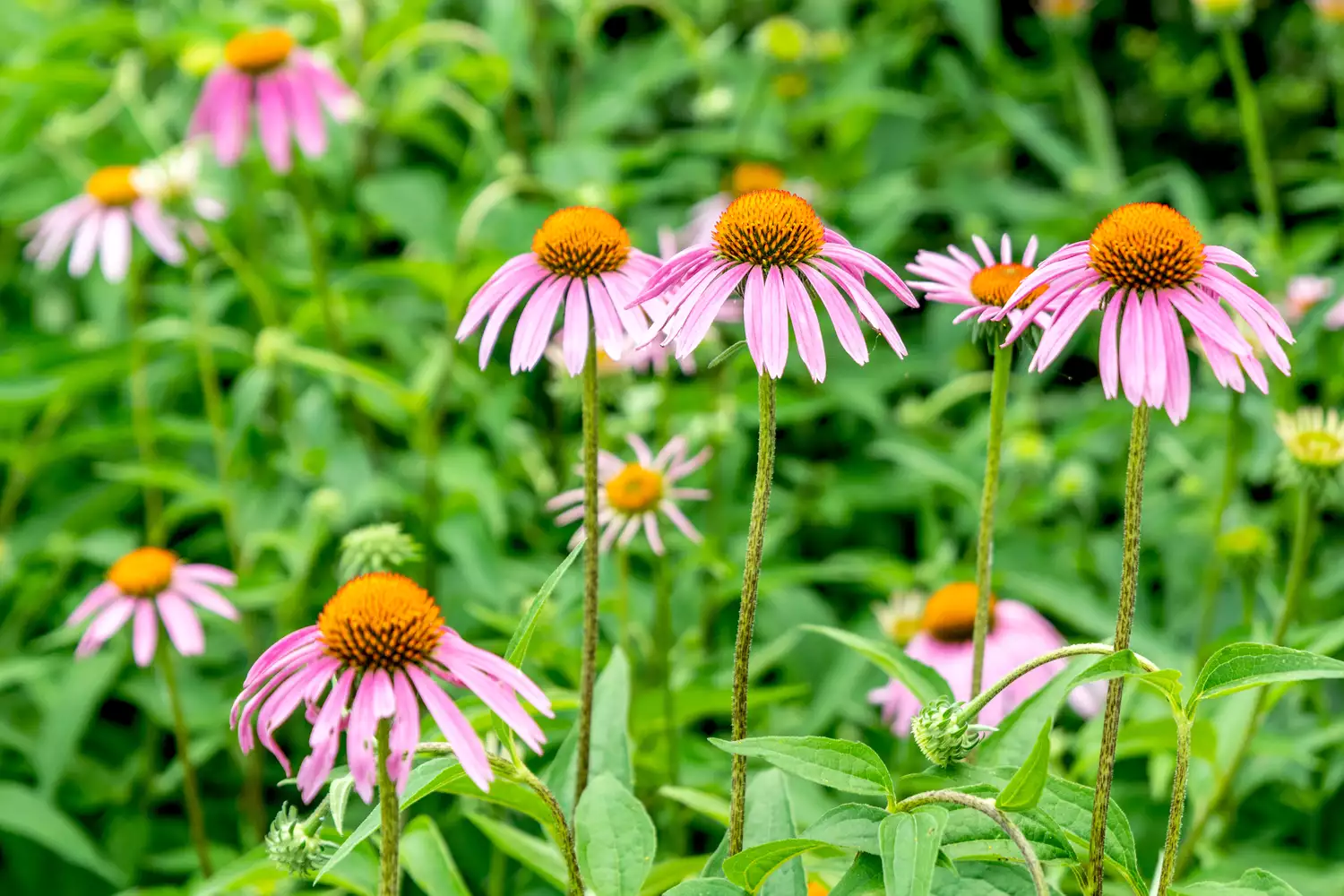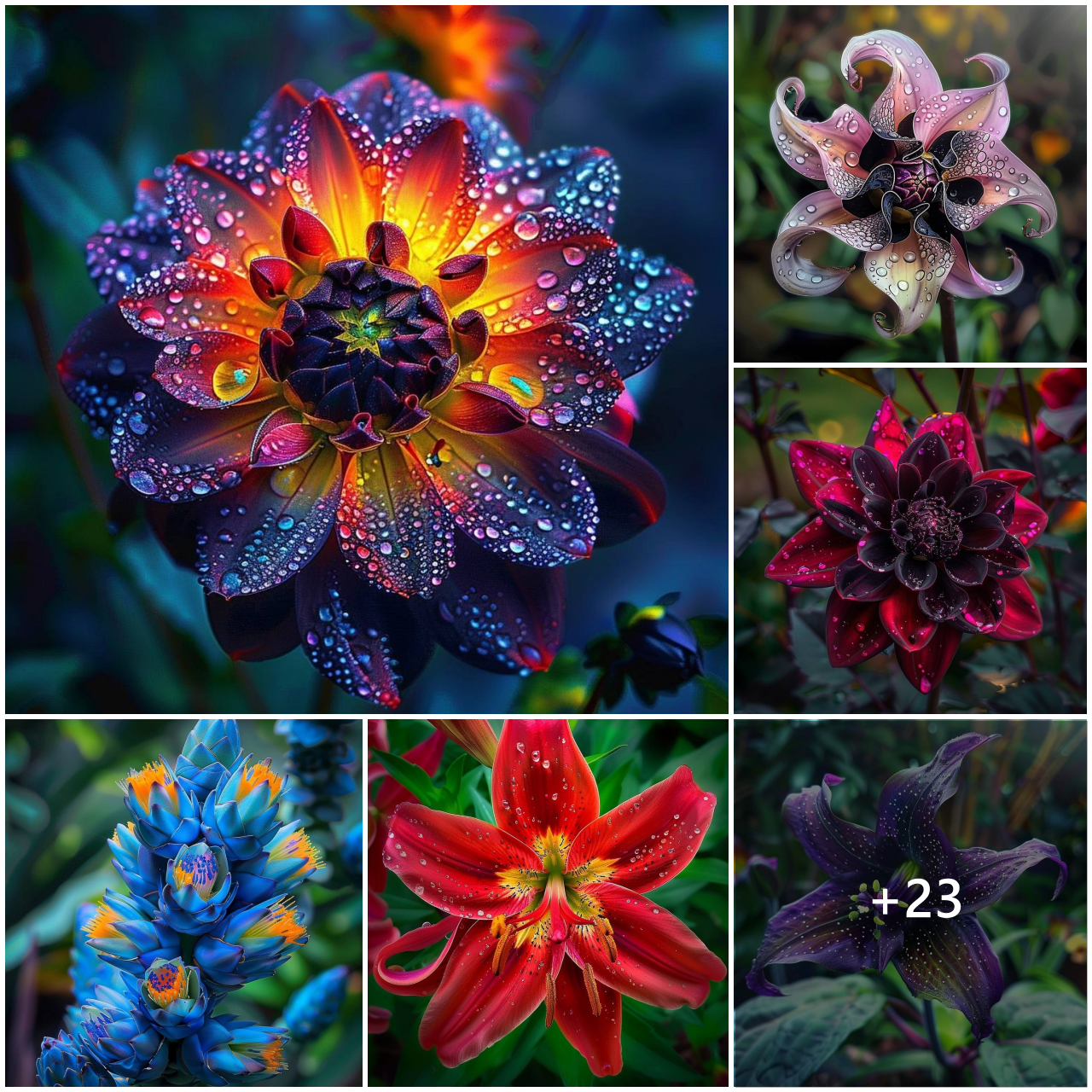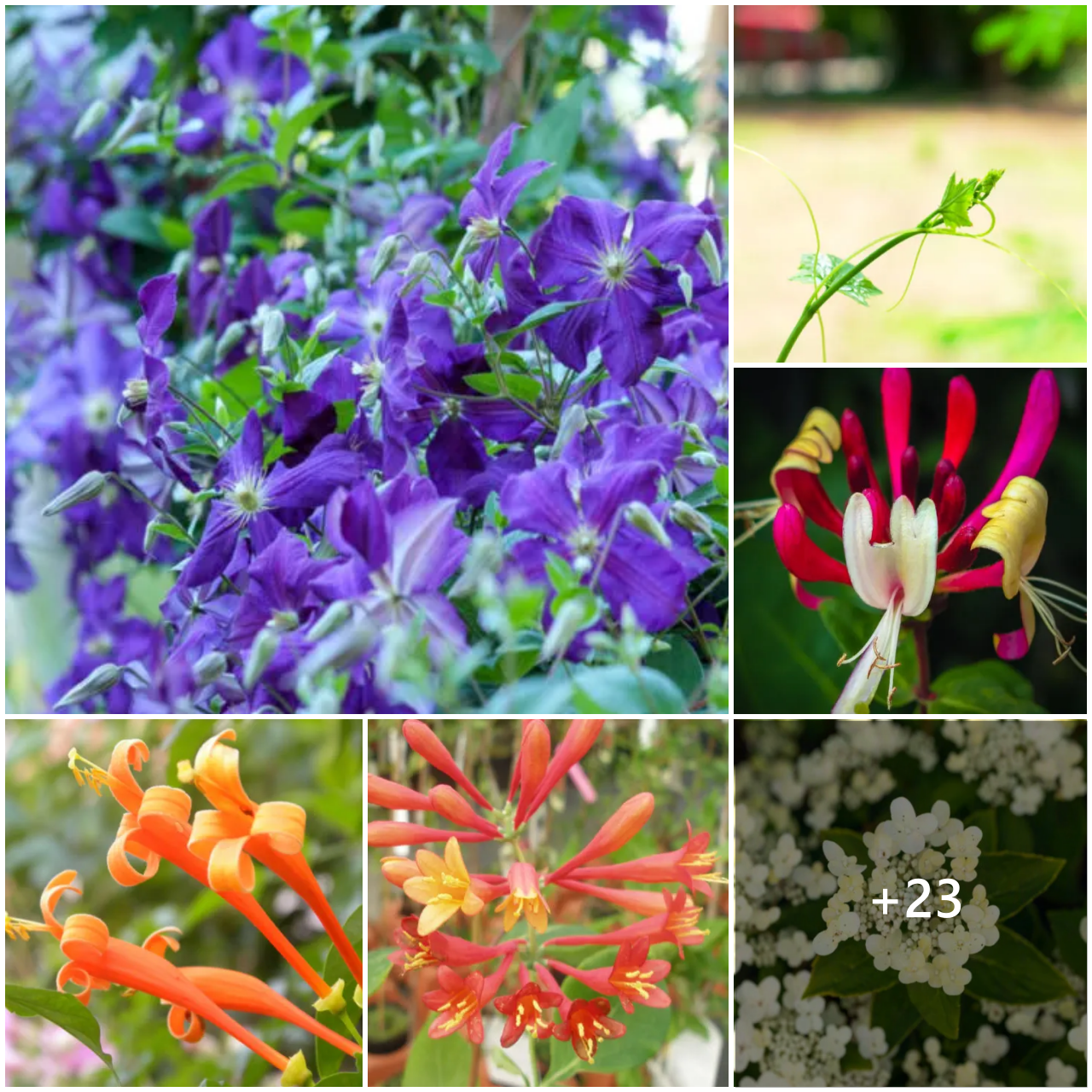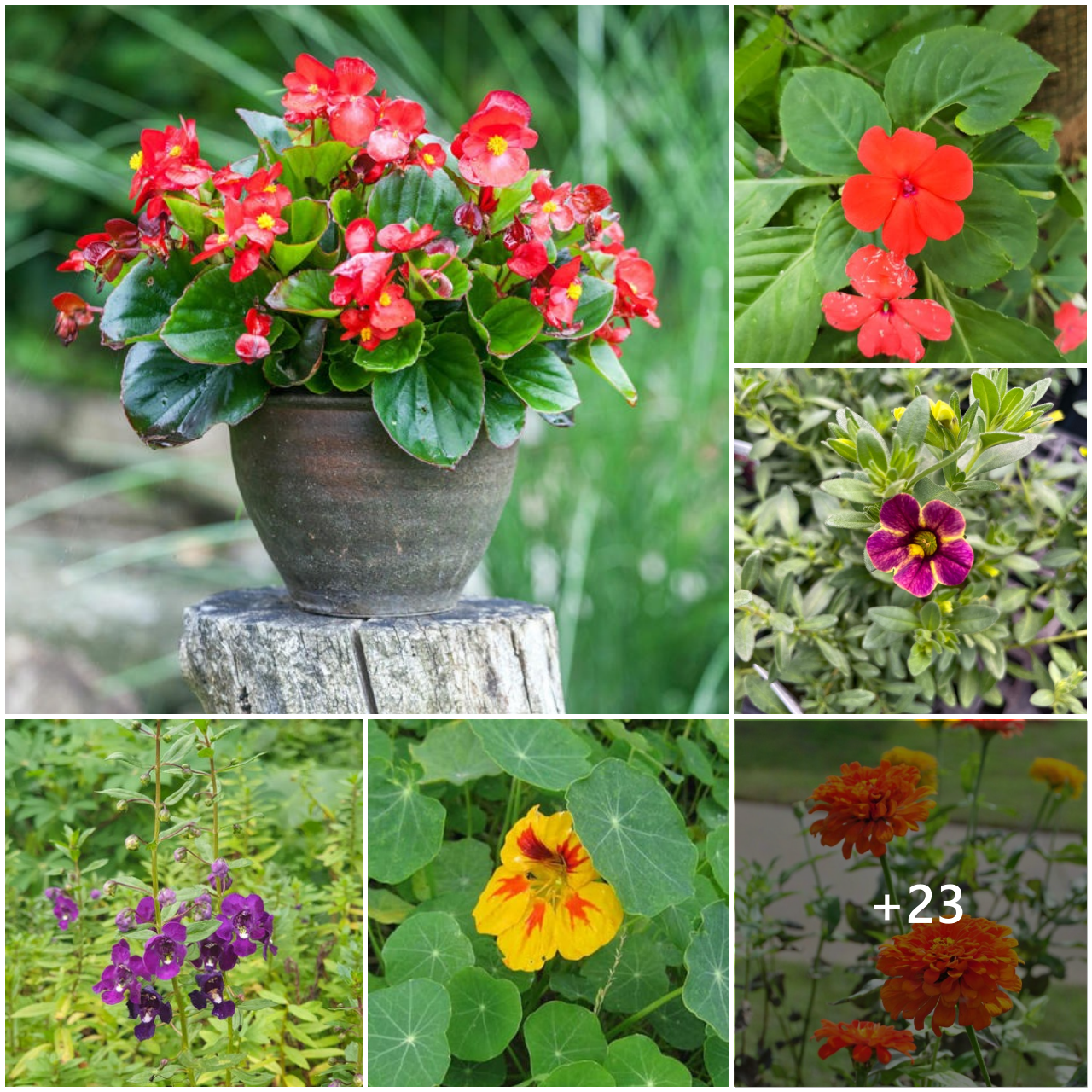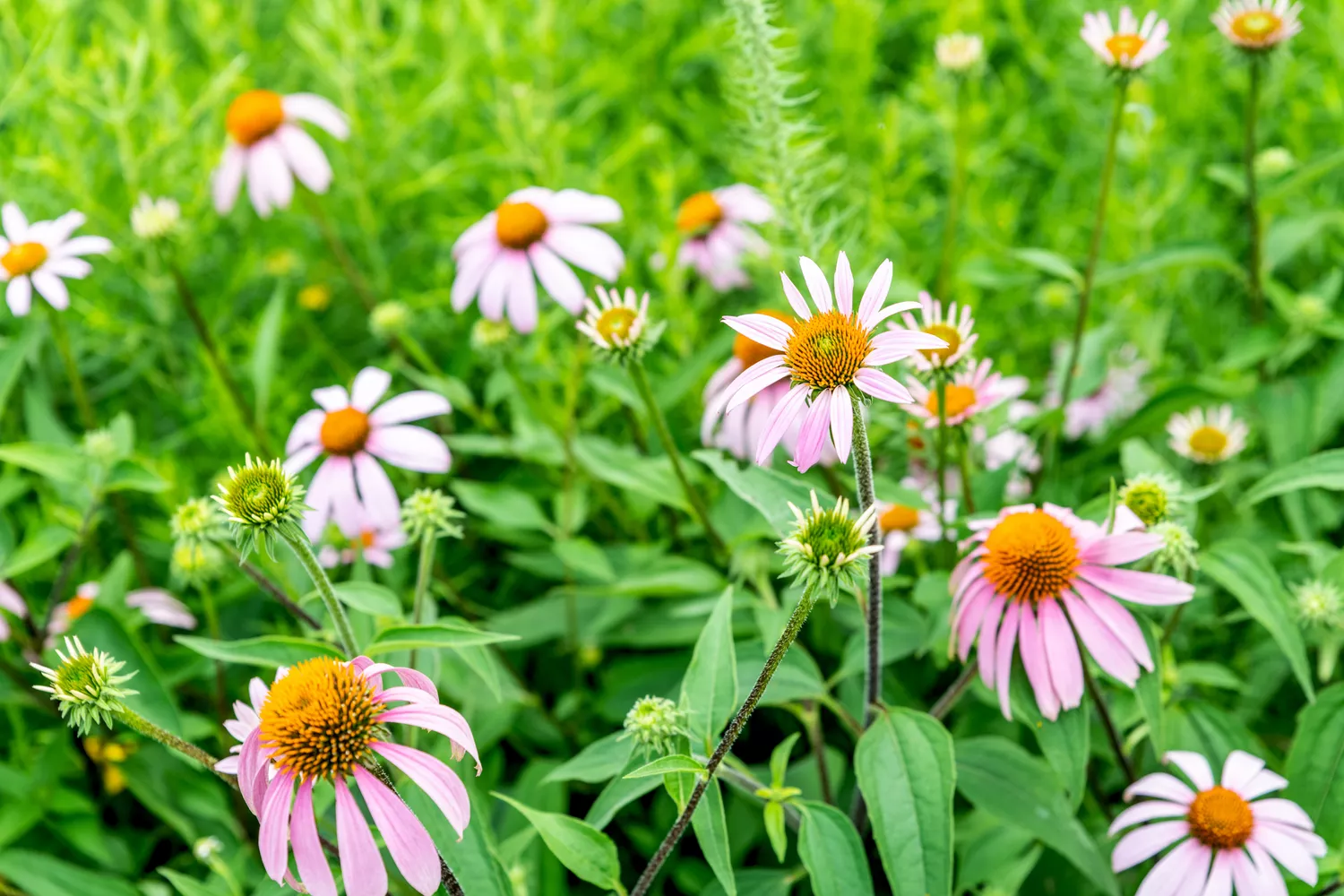
The coneflower is native to North America and is generally known as a prairie plant, growing with little fuss and brightening beds and borders in Southern gardens.
These sun-loving perennials form large clumps of long-stemmed, very showy flowers with drooping to horizontal rays and a beehive-like central cone. The plants bloom over a long period in summer and may continue sporadically until frost. Deadheading will prolong the bloom season. (In mild winter climates, they have been known to start blooming in spring.) When left in place, the coneflower’s bristly seed heads hang on into winter, giving finches a natural food source. To make coneflowers last, be sure to plant where drainage is good.
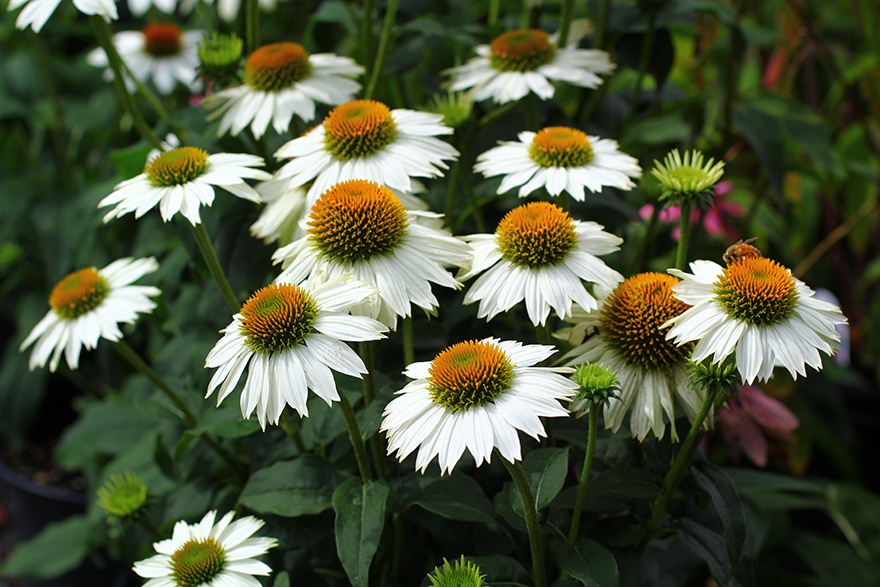
Plant Attributes
| Common Name | Coneflower |
| Botanical Name | Echinacea purpurea |
| Family | Asteraceae |
| Plant Type | Perennials, biennials |
| Mature Size | 3–4 ft. tall, 1–2 ft. wide |
| Sun Exposure | Full sun, partial shade |
| Soil Type | Well-drained Clay, High Organic Matter, Loam (Silt), Sand, |
| Soil pH | Neutral (6.0-8.0) |
| Bloom Time | Summer |
| Flower Color | White, pink, and purple |
| Hardiness Zones | USDA Zones 3-8 |
| Native Area | North America |
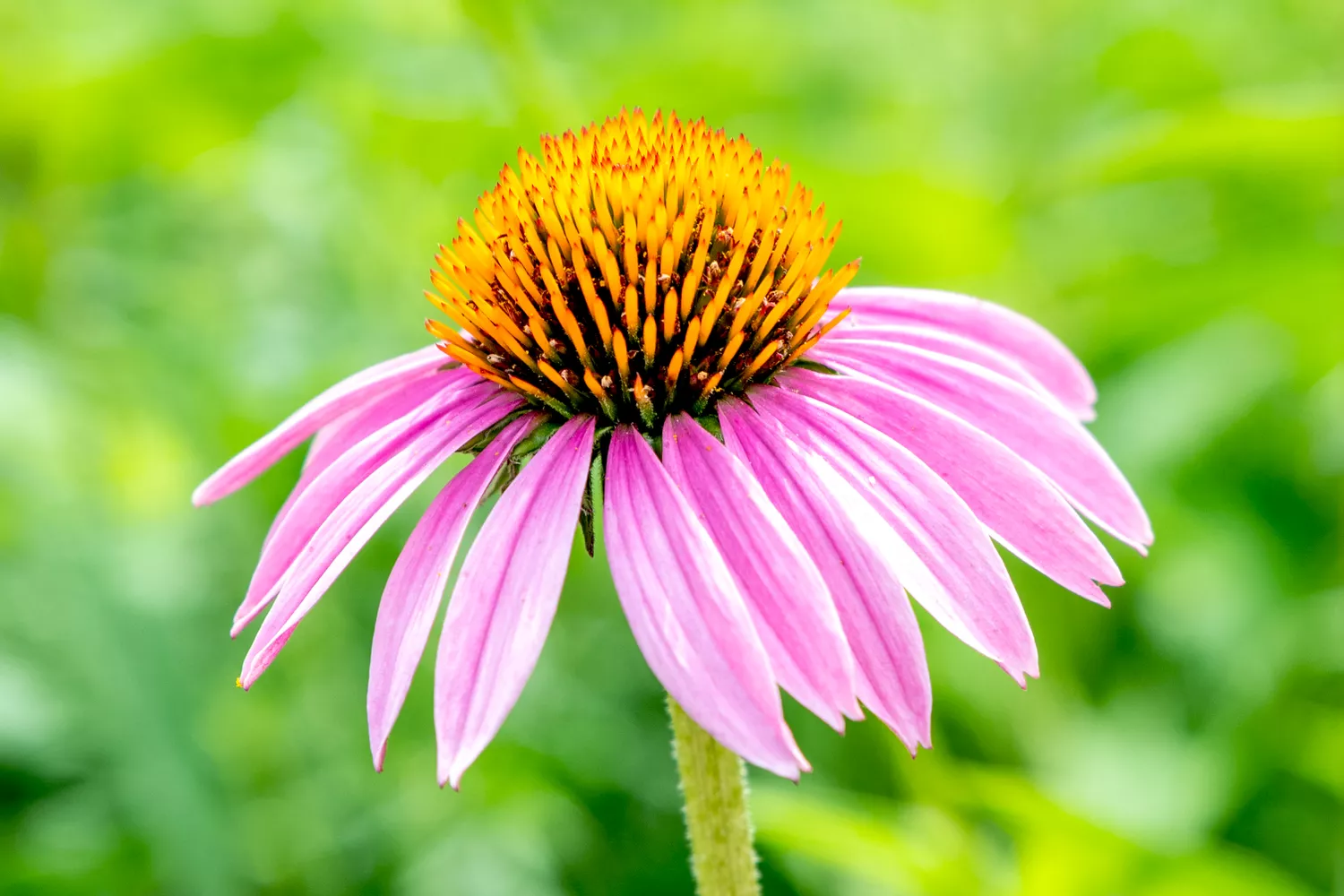
Coneflower Care
Coneflowers grow well and without much care. They generally do not need staking. They perform well in summer heat and tolerate drought. Clumps spread slowly, becoming crowded after three or four years. Fleshy rootstocks can be difficult to separate; divide carefully, making sure that each division has a shoot and roots. Plantings can also be increased by taking root cuttings, seeding, or transplanting self-sown seedlings.
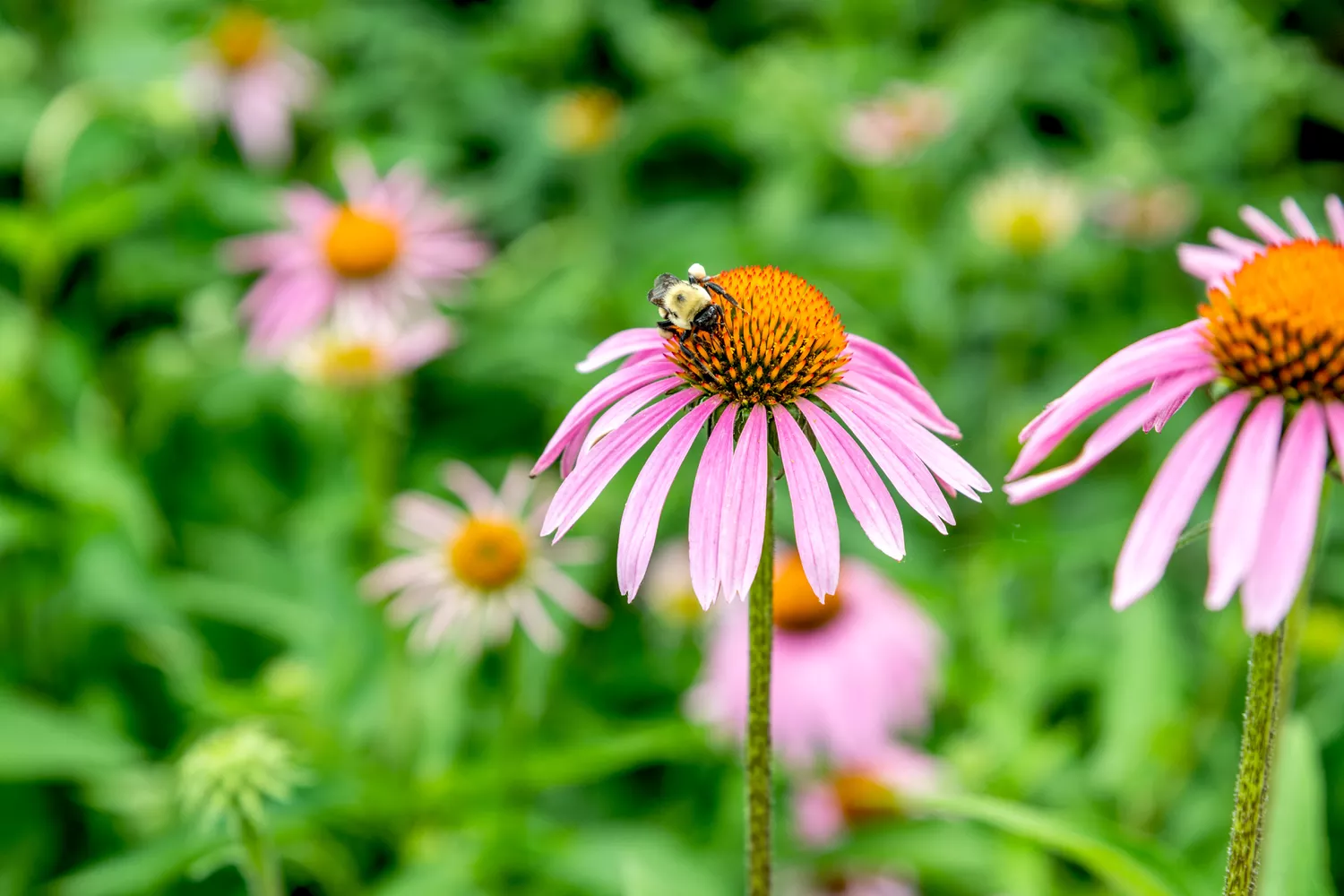
Light
Coneflower needs a minimum of six hours of full sunlight every day. While they tolerate part shade, it will affect how much the plant flowers. Give coneflower sunshine and it will repay you with endless summer blooms.
Soil
Although coneflower can grow in a variety of soils, they grow best in neutral soil. Coneflower doesn’t like wet soil, so if the soil tends to be too heavy, add some compost when planting to improve drainage.
Water
Even though many think of coneflower as a tough and tolerant grower, the plant will grow even better if you keep a watering schedule. Once the plants are established, try to give them about an inch of water every week through their first year. Keep your eye on them during droughts. They might require more.
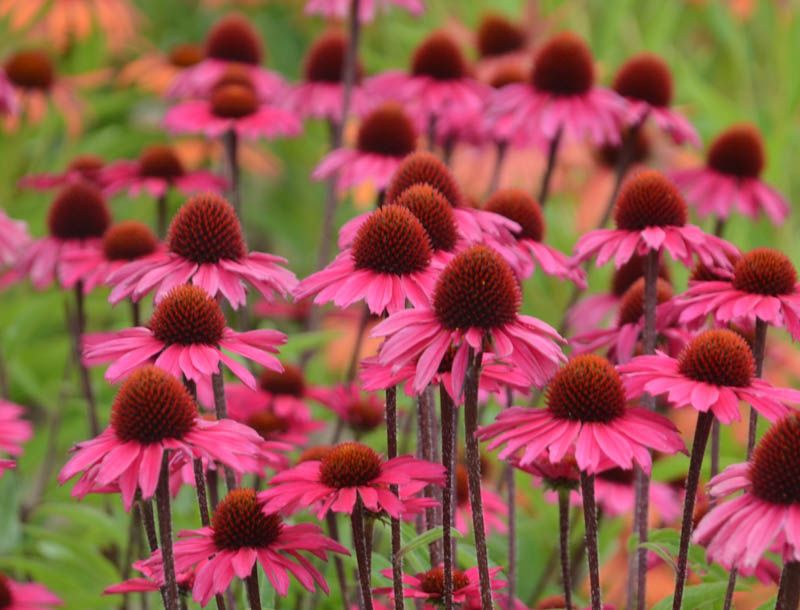
Temperature and Humidity
Coneflowers prefer hot, dry climates but are humidity and salt-tolerant.
Fertilizer
Give your coneflower plants a top dressing of compost each spring to give the plant the nutrition it will need to grow well and produce lots of blooms.
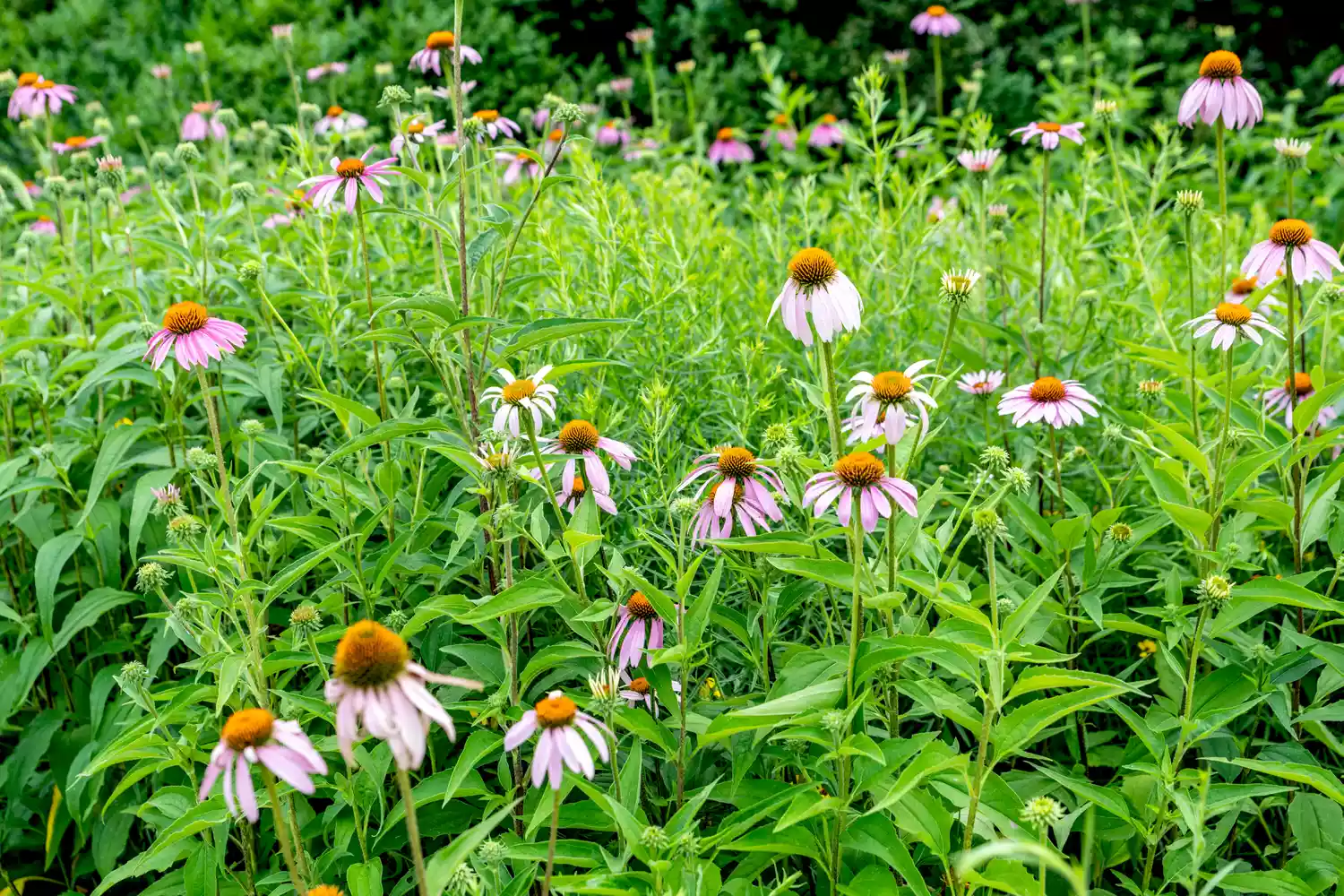
Types of Coneflower
- E. angustifolia. Narrow-Leaf Coneflower. USDA 3-8. Native to the central U.S. The prairie wildflower is one to two feet high, and 18 inches wide. Flowers to three to six inches wide, with pink-to-rosy purple rays drooping from a purple-brown cone. Narrow, bristly leaves grow to six inches long.
- E. hybrids. Zones US, MS, LS, CS; USDA 6-9. Complex crosses have produced hybrid coneflowers that are popular for their vigor and extended color range. Plants in the Big Sky series grow 2–3 ft. high and 2 ft. wide; choices include butter-yellow ‘Sunrise’, bright orange ‘Sunset’, and reddish orange ‘Sundown’ (‘Evan Saul’). ‘Cheyenne Spirit’ first-year flowering, heavily blooming, drought tolerant, grows to 2 ft. ‘Adam Saul’ (‘Crazy Pink’) is one of the heaviest bloomers, topping out at only 2 ft. tall and wide. ‘Flame Thrower’ grows 21⁄2-3 ft. tall and has bright yellow petals flushed with orange near the cone. Heavy bloomer. ‘Green Envy’, 2–3 ft. high, has fragrant, lime-green blooms that pick up magenta-purple near the cone as they age. The green cone also fades to purple. ‘Hot Papaya’ is doubled with a pompon rather than a cone and blooms in mango-red. ‘Mango Meadowbrite’ grows 2–3 ft. high and wide; orange-yellow petals surround orange-brown centers. ‘Orange Meadowbrite’ (‘Art’s Pride’) grows about the same size, bears reddish-orange flowers. ‘Pixie Meadowbrite’ grows only about 11⁄2 ft. tall and a bit wider, with pink, nondrooping petals surrounding a yellow-brown center. The Sombrero series grows to 2 ft. and has bold colors on early-blooming, heat-tolerant plants. ‘Tomato Soup’ has bright red flowers up to 6 in. wide on 2-ft.-high plants. ‘Tiki Torch’ has bright orange-to-rose blooms on a 2- to 21⁄2-ft.-tall plant.
- E. paradoxa. Yellow Coneflower. USDA 3-9. Native to the central U.S., from Missouri south to Texas. It grows to three feet high, and 18 inches wide. Drooping, yellow to orange-yellow rays surround a brown cone; flowers are about six inches long. Smooth, lance-shaped leaves grow to eight inches long. Hybrids involving this and E. purpurea have produced many new colors.
- E. purpurea. PURPLE CONEFLOWER. Zones US, MS, LS, CS; USDA 6-9. Native to central and eastern North America. Coarse, stiff plant to 4–5 ft. tall, about 2 ft. wide, with bristly, oblong leaves 3–8 in. long. Blossoms reach 2–3 in. wide, with drooping rosy purple rays and an orange-brown central cone. Many fine selections are available. ‘Coconut Lime’ has a double flower, with a single row of large white petals surrounding a tuft of smaller light green petals around the cone. Grows to 2–3 ft. high. ‘Doubledecker’ (‘Doppelganger’), another 2-footer, has something extra: a second set of pink petals emerging from the top of the cone. ‘Fragrant Angel’ grows 2–21⁄2 ft. high with sweetly scented white flowers. ‘Kim’s Knee High’ grows 11⁄2–2 ft. high and has clear pink flowers. ‘Magnus’ grows 3–4 ft. tall and has deep purplish pink, orange-centered flowers to 7 in. wide. ‘Pink Poodle’ produces fully double pink flowers that resemble zinnias. ‘Rubinstern’ (‘Ruby Star’) grows 2–3 ft. high with carmine-red, non-drooping rays. Both ‘White Lustre’ (21⁄2 ft. high) and ‘White Swan’ (11⁄2–2 ft. high) have white rays and orange-yellow cones. ‘PowWow Wildberry’ grows 11⁄2 -2 ft. tall with pink-purple flowers that bloom heavily the first year.
- E. tennesseensis. Tennessee Coneflower. USDA 5-6. Similar to E. purpurea, but rays are horizontal rather than drooping, and cones are greenish pink. Stems to 24 inches tall. Forms a low, casual mound. This beautiful coneflower is rare and was once on the List of Endangered and Threatened Plants but was removed in 2011.1
Pruning
To keep the coneflower in full bloom, pinch off any dead flowers during the growing season. Deadheading spent blooms will encourage the plant to send up more flowers. At the end of the growing season, you can leave the remaining flowers, their seeds will feed the birds through the winter.
How to Get Coneflower to Bloom
Plant coneflower in the spring to give the plant months of growing before going into the winter. Use on the outskirts of the garden or in wide borders with other robust perennials such as Shasta daisy (Leucanthemum x superbum), sunflower (Helianthus), Michaelmas daisy (Symphyotrichum novi-belgii). Coneflower is seldom bothered by deer.
